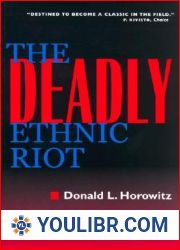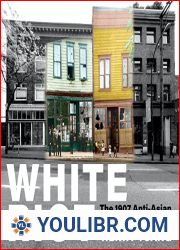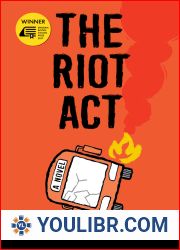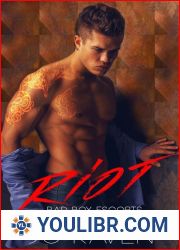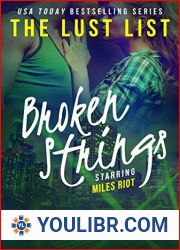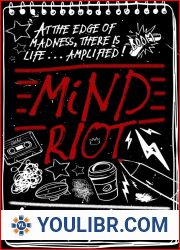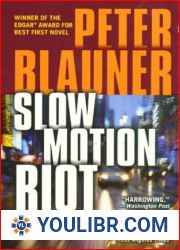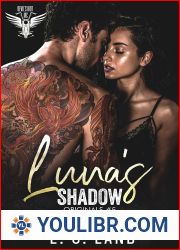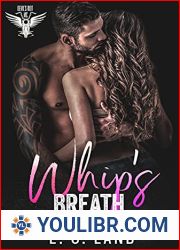
BOOKS - Start a Riot!: Civil Unrest in Black Arts Movement Drama, Fiction, and Poetry...

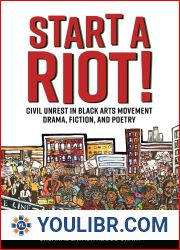
US $6.48

500200

500200
Start a Riot!: Civil Unrest in Black Arts Movement Drama, Fiction, and Poetry (Margaret Walker Alexander Series in African American Studies)
Author: Casarae Lavada Abdul-Ghani
Year: July 27, 2022
Format: PDF
File size: PDF 1.8 MB
Language: English
Year: July 27, 2022
Format: PDF
File size: PDF 1.8 MB
Language: English
While the legacy of Black urban rebellions during the turbulent 1960s continues to permeate throughout US histories and discourses, scholars seldom explore within scholarship examining Black Cultural Production, artist-writers of the Black Arts Movement (BAM) that addressed civil unrest, specifically riots, in their artistic writings. Start a Riot! Civil Unrest in Black Arts Movement Drama, Fiction, and Poetry analyzes riot iconography and its usefulness as a political strategy of protestation. Through a mixed-methods approach of literary close-reading, historical, and sociological analysis, Casarae Lavada Abdul-Ghani considers how BAM artist-writers like Amiri Baraka (LeRoi Jones), Ben Caldwell, Gwendolyn Brooks, Sonia Sanchez, and Henry Dumas challenge misconceptions regarding Black protest through experimental explorations in their writings. Representations of riots became more pronounced in the 1960s as pivotal leaders shaping Black consciousness, such as Malcolm X and Martin Luther King Jr., were assassinated. BAM artist-writers sought to override the public's interpretation in their literary exposes that a riot's disjointed and disorderly methods led to more chaos than reparative justice. Start a Riot! uncovers how BAM artist-writers expose anti-Black racism and, by extension, the United States' inability to compromise with Black America on matters related to citizenship rights, housing (in)security, economic inequality, and education - tenets emphasized during the Black Power Movement. Abdul-Ghani argues that BAM artist-writers did not merely write literature that reflected a spirit of protest; in many cases, they understood their texts, themselves, as acts of protest.










